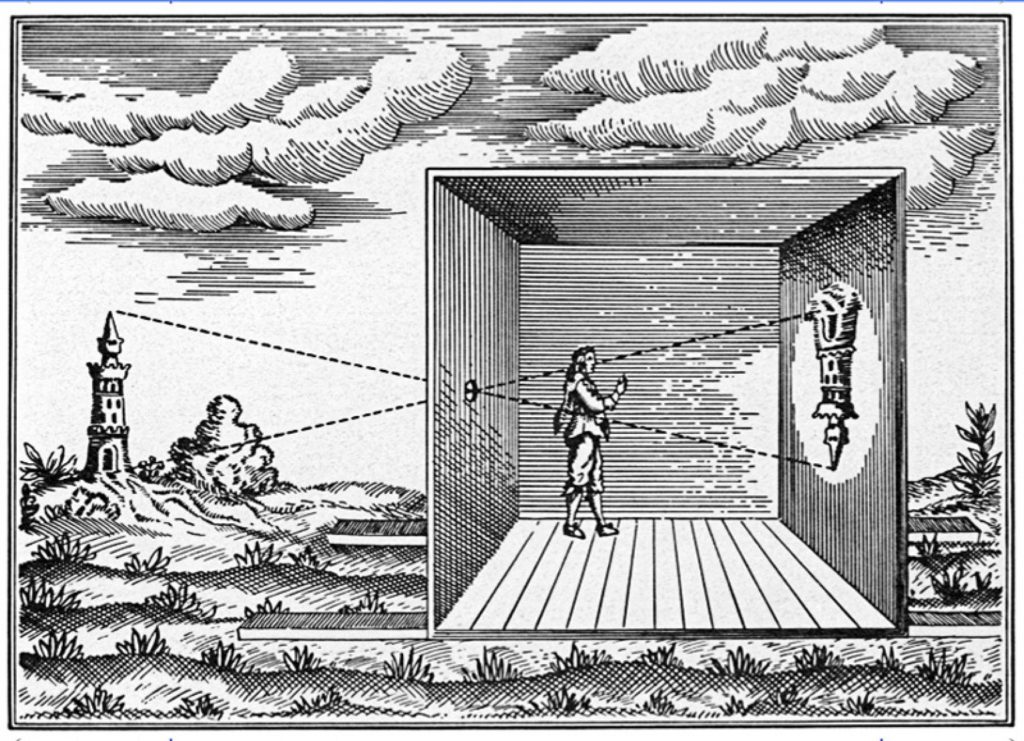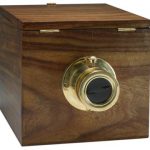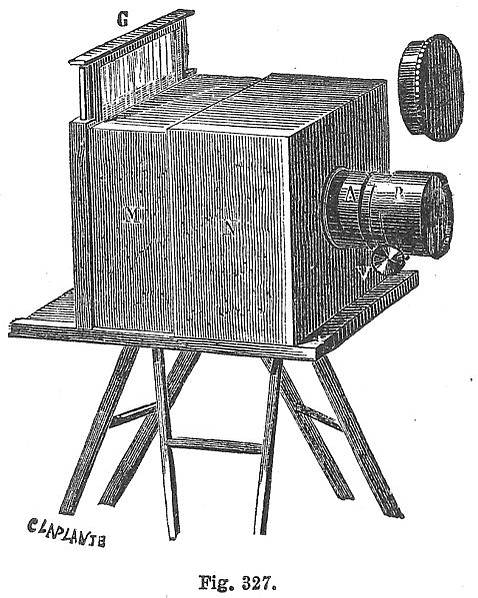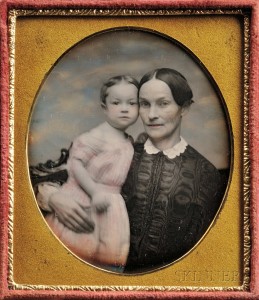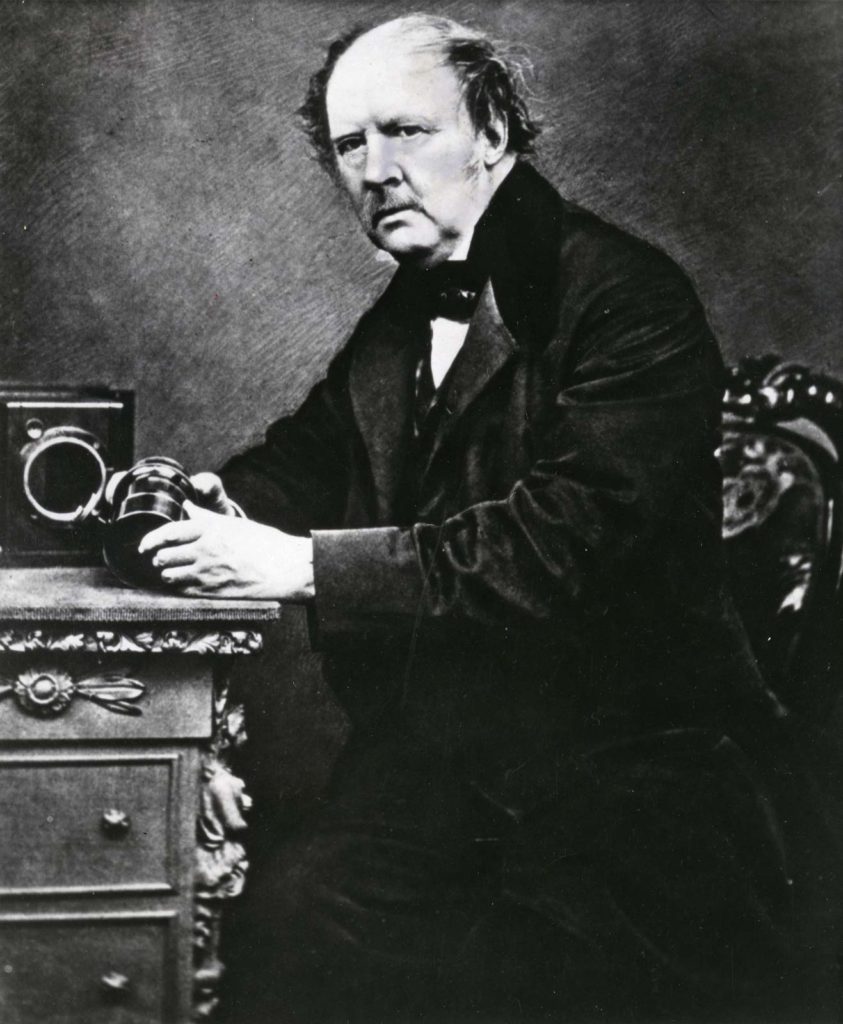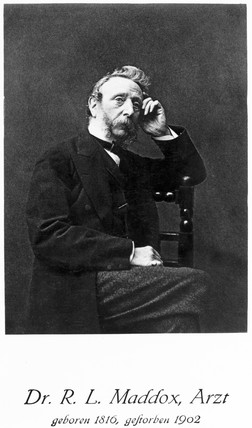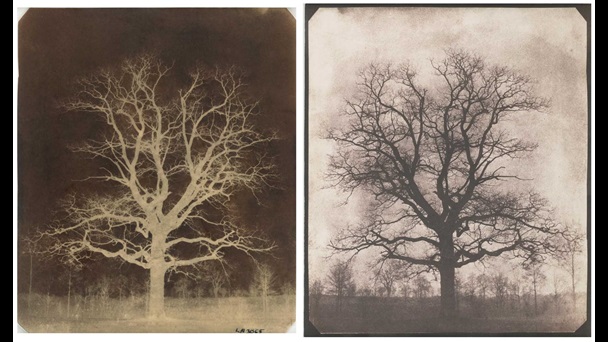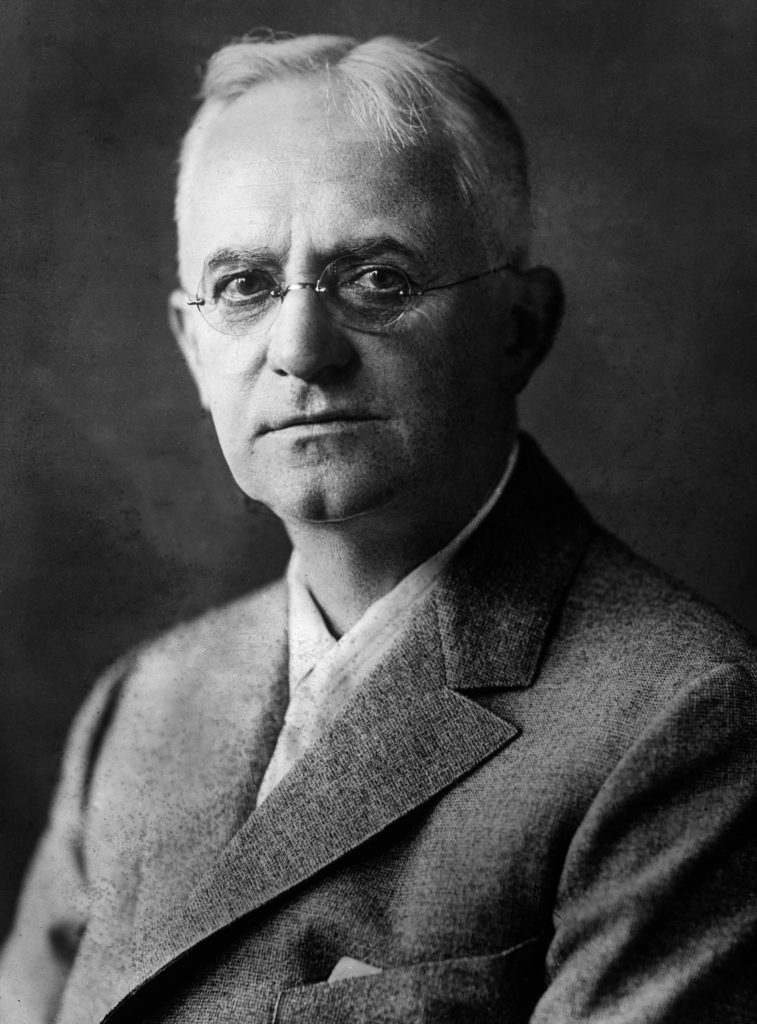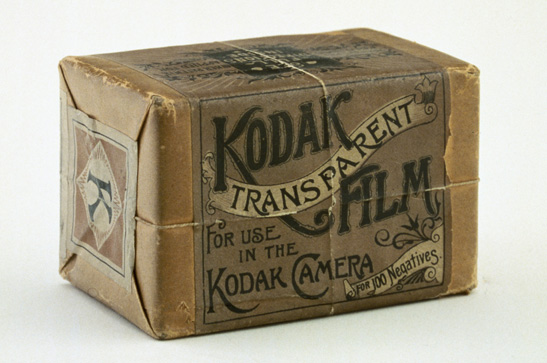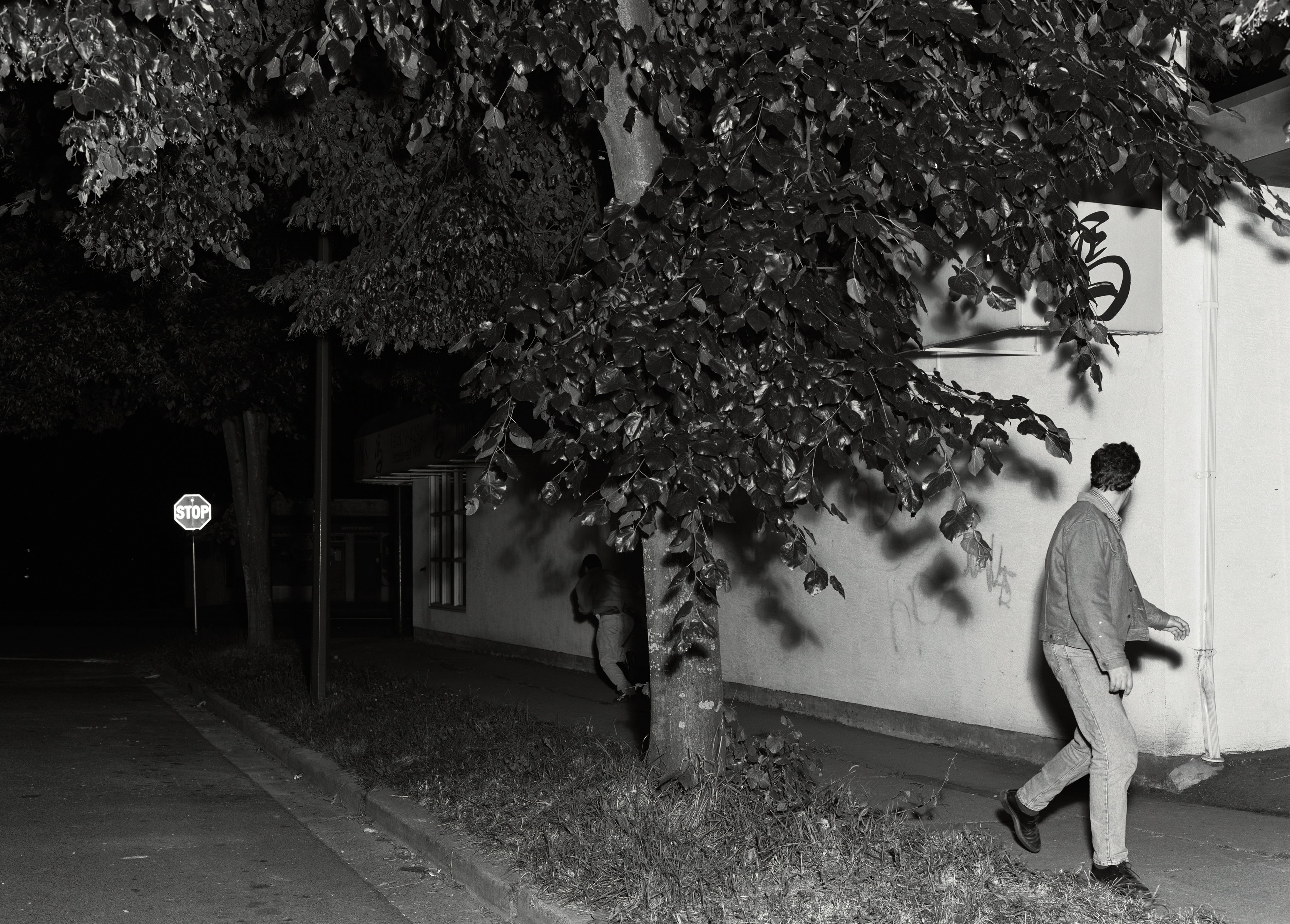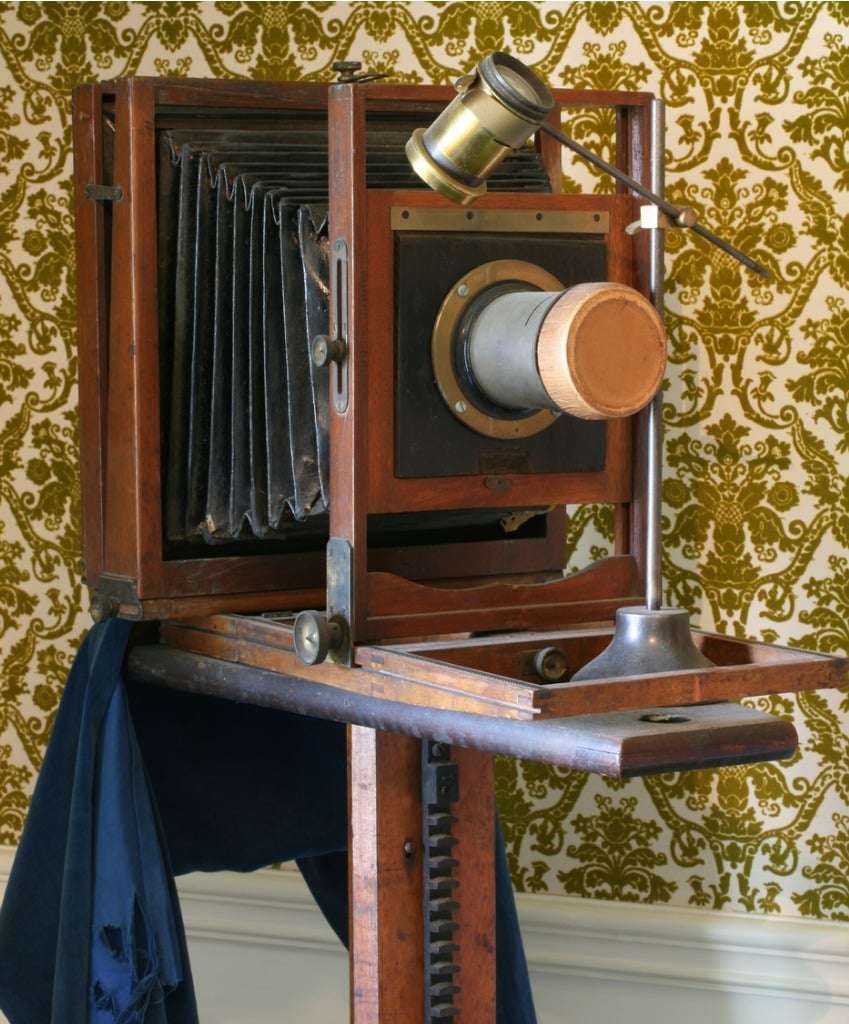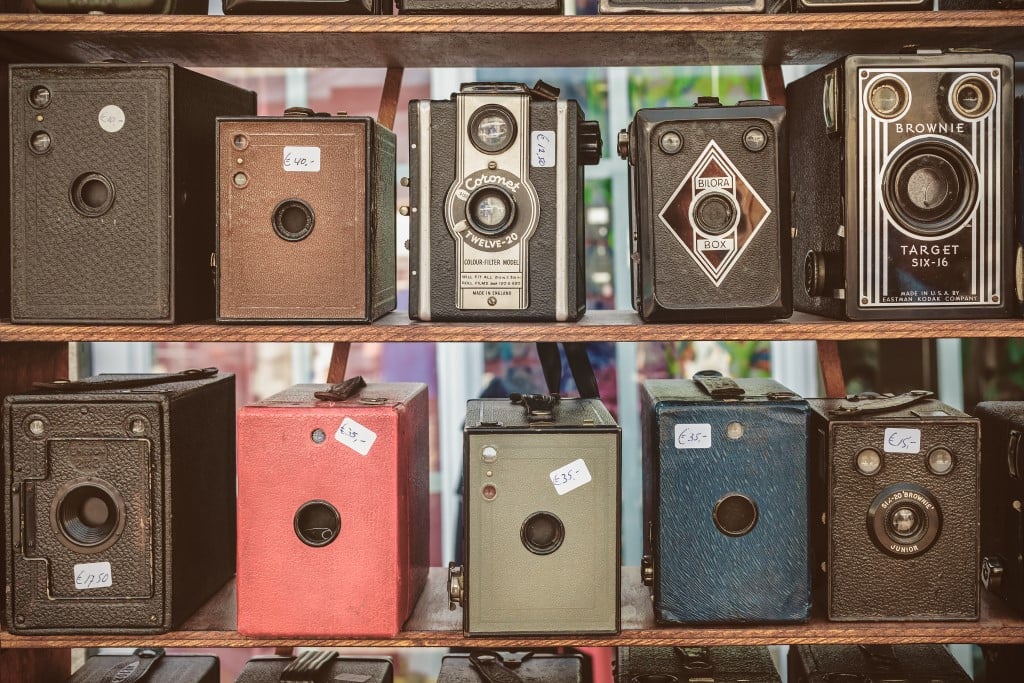What you want to explore?
In my personal study I am going to be exploring the theme of Identity. Identity is the qualities, beliefs, personality, looks and expressions that make a person. In my study I will be looking into my childhood and objects and drawings from my childhood which I will incorporate into creating a book. I have chose to explore this as it is personal to me and so therefore I feel I can fully capture all the emotions and meaningful imagery that I need to represent my childhood and how that has shaped me into the person I am today. I feel that I will be able to create a more meaningful project as it will be relative and personal to my life and my experiences.
How you wish to develop your project?
To develop my project I will go through all my baby images and diaries to find images that have meaning to me and best represent my identity, I also will be taking and using drawings and writings I did as a kid to help guide the meanings of the images.
When and where you intend to begin your study?
To begin my study I will create a mind map and then develop the into a more detailed and specific mood-board including ideas based on childhood and collect a number of artists that I can look into. When researching artists I found myself most interested in Jim Goldbergs project “Raising wolves” which combines images, texts, drawings and diary notations from runaway teens in Los Angeles. Although in my personal study I will be focusing on my own life I still felt like I could take inspiration from his project as I want to use other parts of my childhood other than just images to capture a more telling story, and then use a disposable to create images similar to Goldbergs style of me now. I will present my final outcomes in a photobook.
For my first shoot I plan on just experimenting with my ideas and different ways I can capture me now and my old memories. This shoot may not be used in my final outcomes however I feel it will be useful to put my ideas into practice to ensure I will be able to capture my idea the way I want to. This shoot can help me plan my final outcome better and give me more of an idea what I hope it to look like.

/brief-history-of-photography-2688527-FINAL-5bef134d46e0fb0026cda5f9.png)

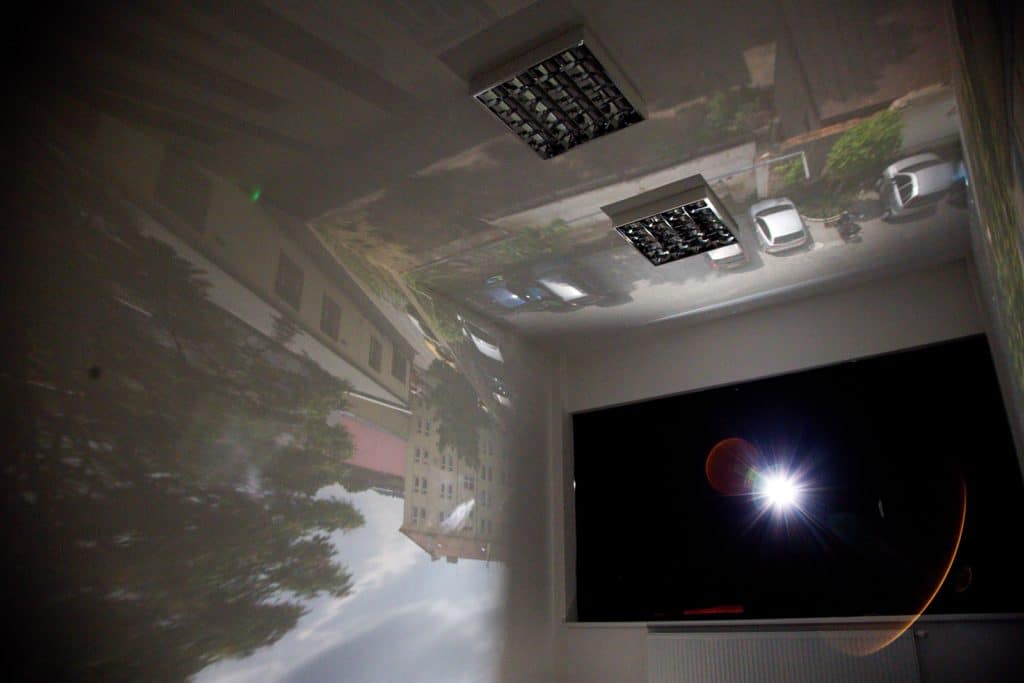
/first-photograph-2673939-5b0840770e23d90036127dd6.jpg)



